11 zero waste tips for the kitchen: how to reduce waste and replace harmful products
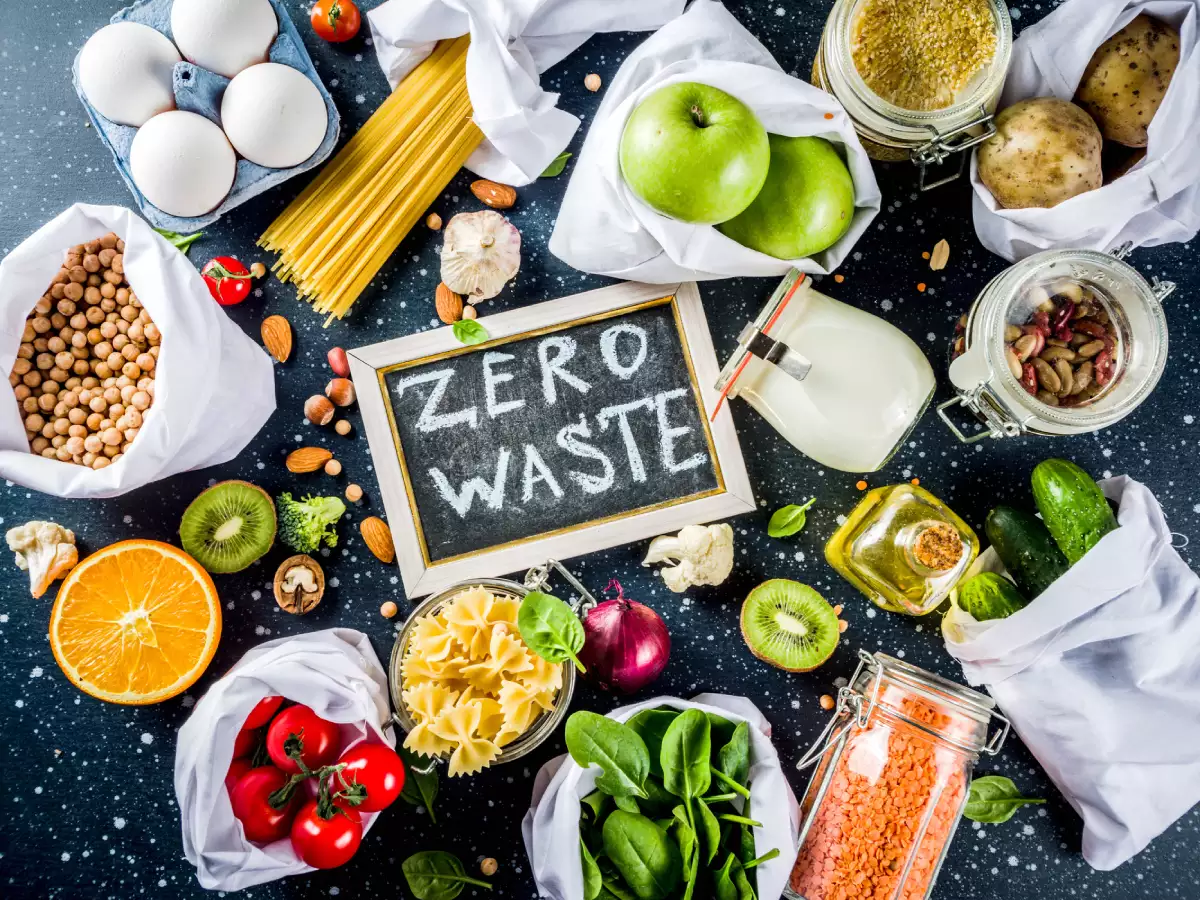
Ammy Harryy, a devoted advocate for sustainable fashion and mindful…
The average American family throws away nearly $2,000 worth of food every year. In addition, the average kitchen produces over 400 pounds of waste each year.
Kitchen waste is the food that is discarded from the kitchen. This can include food that has been prepared but not eaten and food packaging and leftovers.
In developed countries, most of this waste is sent to landfills or incinerated, where it releases harmful greenhouse gases into the atmosphere.
This amounts to a lot of garbage! Fortunately, there are many ways to reduce waste in your kitchen and make your home more sustainable.
This blog post will discuss 11 zero waste tips for the kitchen. These tips will help you reduce waste and replace harmful products with more environmentally-friendly alternatives.
What is a zero-waste lifestyle?

Zero-waste lifestyle is the philosophy of producing as little waste as possible. It can be applied to individual lifestyles and businesses. There are many ways to reduce waste, and it takes some effort, but it can be done!
There are a few key concepts to understand with zero waste:
1. Refuse – refuse what you don’t need
2. Reduce – reduce the amount of waste you produce
3. Reuse – reuse what you can
4. Recycle – recycle what you can’t refuse, reduce, or reuse
5. Rot – organic compost waste
What does kitchen waste include?

Kitchen waste includes food scraps, fats, oils, waxes, and other materials that are not recyclable.
The most common type of kitchen waste is food scraps, accounting for up to 60% of the waste generated in a household. Food waste can create bad smells and attract pests if not properly disposed of.
Fats, oils, and waxes can also create bad smells and lead to pests if not disposed of properly. To reduce your kitchen’s waste output, you should try to recycle as much as possible and compost any food scraps.
The types of waste classified as kitchen waste vary, but it typically includes food scraps, such as fruit and vegetable peels, bones, eggshells; food wrappers and containers; coffee grounds; and tea bags. In addition, dishwashing water with food residues can also be considered kitchen waste.
Kitchen waste can also include cleaning products and materials, such as soapy water, dirty rags, and Windex.
Some people also consider lawn clippings and leaves kitchen waste, especially if they are brought inside from the yard.
Finally, if you have a pet, their waste can also be considered kitchen waste.
Is kitchen waste harmful?
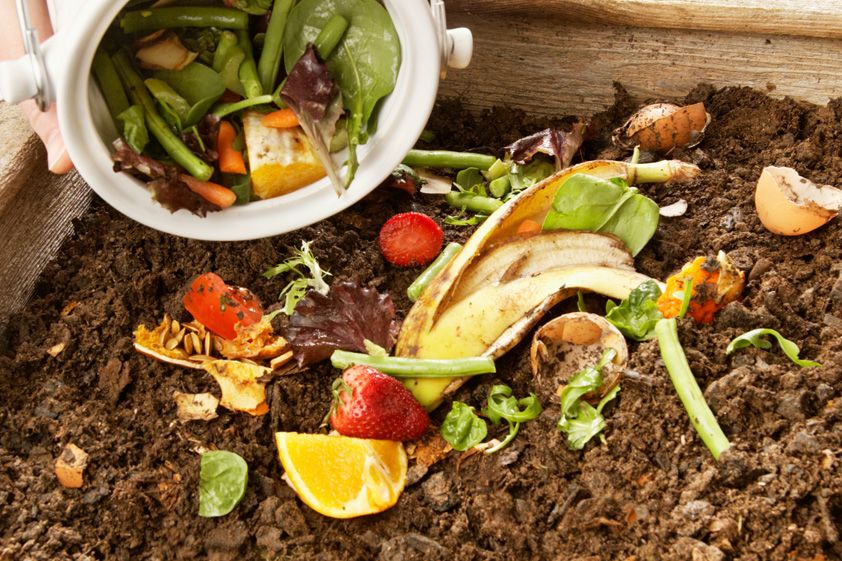
The jury is still out on this one. Some people say that kitchen waste is harmless and can be disposed of in the trash, while others believe it’s better to compost. The truth is, there are pros and cons to both disposal methods.
When it comes to the safety of kitchen waste, the biggest concern is the potential for bacteria and viruses to be spread.
If kitchen waste is not disposed of properly, it can contaminate the environment and make people sick.
On the other hand, composting kitchen waste can help reduce the number of harmful chemicals in landfills. It also helps create nutrient-rich soil used in gardens and farms.
In the end, it’s up to each individual to decide what’s best for them. If you’re concerned about the safety of kitchen waste, then composting is a good option.
What are some harmful products in the kitchen?

One harmful product in the kitchen is bleach. Bleach is a harsh chemical that can cause skin irritation and respiratory problems if inhaled. It can also be toxic if ingested, so it’s important to keep it out of reach of children.
Another harmful product in the kitchen is oven cleaner. Oven cleaner is a strong acid that can cause burns if it comes in contact with skin. It can also be toxic if ingested, so it’s important to keep it out of reach of children.
Finally, ammonia is a harmful product found in the kitchen. Ammonia is a harsh chemical that can cause skin irritation and respiratory problems if inhaled. It can also be toxic if ingested, so it’s important to keep it out of reach of children.
Which harmful products should you replace to make a zero-waste kitchen?
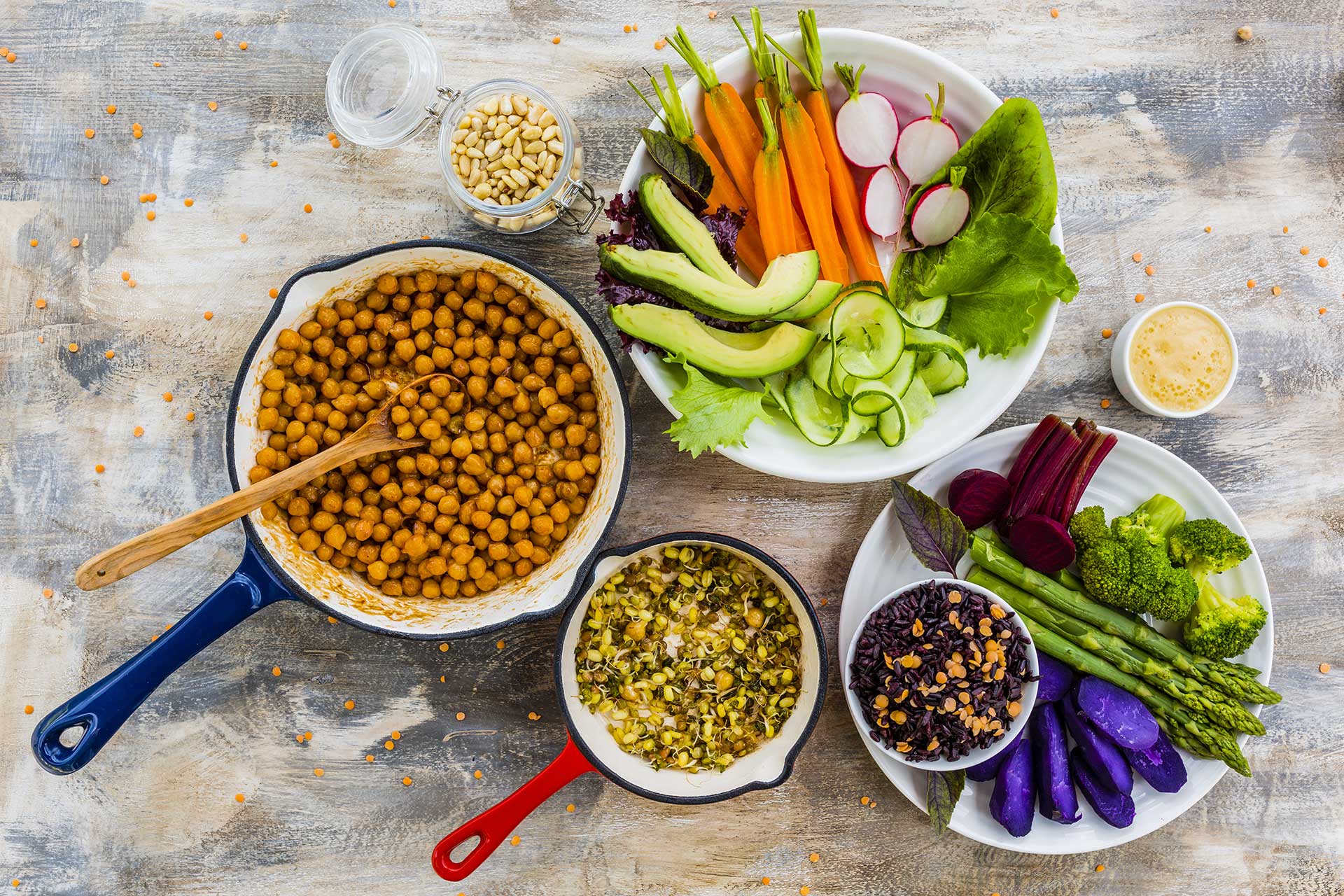
There are a few harmful products in the kitchen that you should replace to make a zero-waste kitchen. The first is plastic wrap.
Plastic wrap is not recyclable, and it’s not biodegradable, so it ends up in the landfill. Instead, try using beeswax wraps. They are made of natural materials, and they can be reused multiple times.
Another harmful product in the kitchen is aluminum foil. Aluminum foil is not recyclable and biodegradable, so it is in the landfill. Instead, try using stainless steel containers. They are durable and reusable.
And finally, the last harmful product in the kitchen that you should replace is plastic bags. Plastic bags are not recyclable and not biodegradable, so they just end up in landfills. Instead, try using cloth bags. They are reusable and can be washed and dried when needed.
How do we replace harmful products with sustainable products?

There are many ways to replace harmful products with sustainable products. One way is to buy sustainable products when they are available.
You can also try to make sustainable products. Another way is to reduce the number of toxic products you use. Finally, you can recycle and reuse harmful products.
One way to replace harmful products with sustainable products is to buy them. For example, you can buy sustainably-harvested wood instead of wood harvested unsustainably.
What else can you think? For example, you can make your laundry detergent using baking soda and vinegar. Another way to replace harmful products with sustainable products is to reduce the number of toxic products you use.
Do all brands manufacture zero-waste kitchen products?

There isn’t a one-size-fits-all answer to this question, as it depends on the brand and the products they offer.
However, many brands are now manufacturing eco-friendly, zero-waste kitchen products that help reduce waste and save money in the long run. Some of these brands include Preserve, Keurig, and Sodastream.
If you’re looking for ways to reduce your kitchen’s waste, check out these brands and their products. You won’t be disappointed!
How to make sustainable products for your kitchen?
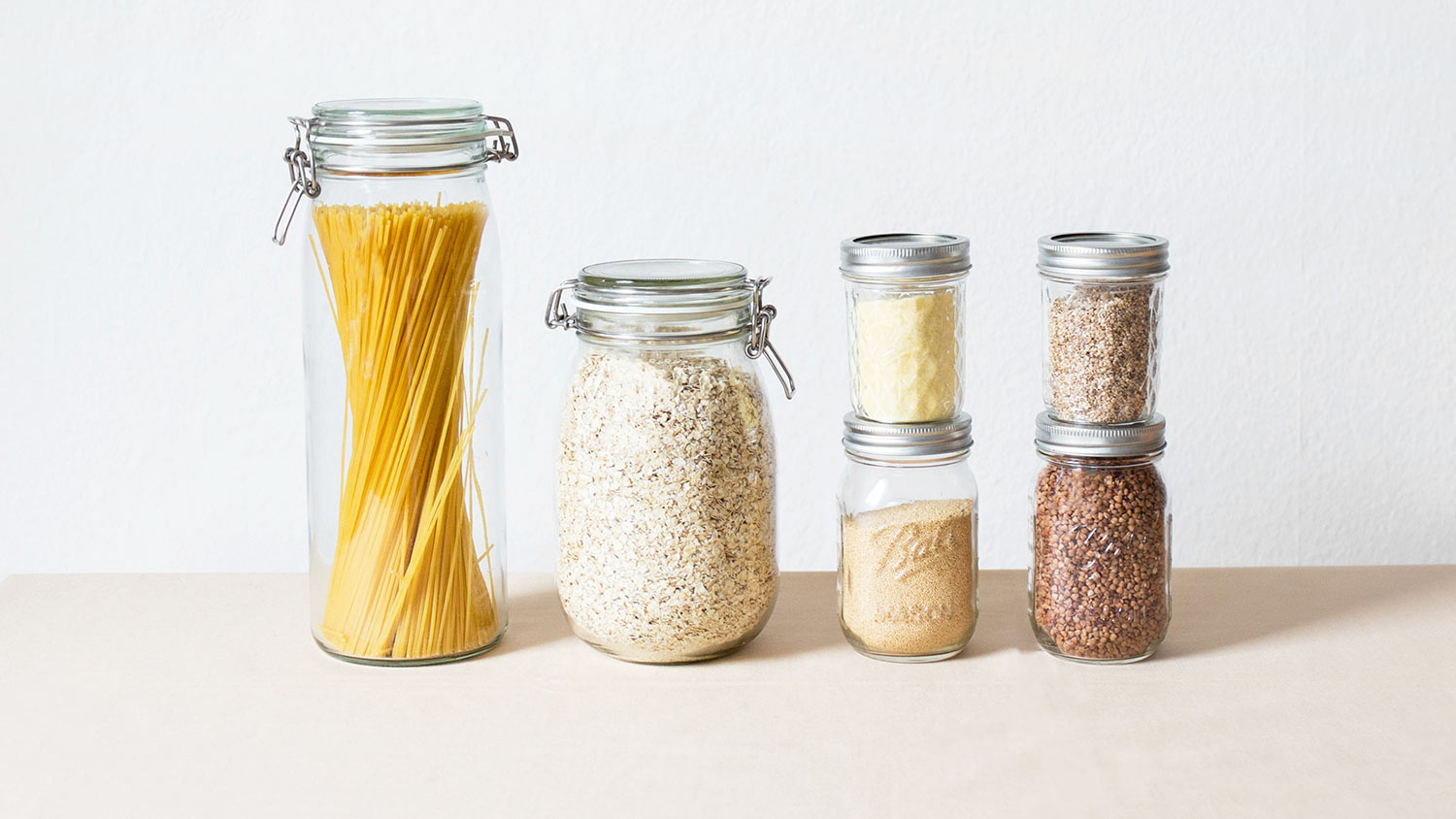
Sustainable kitchen products are becoming more and more popular as people become more aware of the importance of sustainability.
There are many different ways to make sustainable kitchen products, and many of them are easy and inexpensive. Here are a few examples:
Use recycled materials whenever possible. For example, use recycled paper for napkins or towels or recycled glass for dishes or cups.
Reuse kitchen items whenever possible. For example, use a muffin tin for baking multiple things or reusing Ziploc bags.
Avoid using disposable products. For example, use cloth napkins instead of paper napkins or metal utensils instead of plastic.
Choose biodegradable products when possible. For example, choose paper plates or cups made from plant materials or biodegradable dishwashing soap.
What can we do for zero waste?
We can do many things to help reduce waste and move closer to a zero-waste society. Some of these include:
-Recycling and composting as much as possible
-Avoiding disposable items whenever possible
-Purchasing products with minimal packaging
-Educating others about the benefits of zero waste
Each of us can do our part to help make a difference, and together we can create a more sustainable future.
Detailed steps for recycling kitchen waste

1. Collect your kitchen waste in a container. This can be a compost bucket, paper bag, or any other type of container that you have designated for this purpose.
2. Once the container is full, take it outside and bury the waste in the soil. If you do not have a garden, you can also compost it in a compost bin.
3. Add some soil or compost to the top of the waste to help it decompose more quickly.
4. Monitor the progress of the decomposition, and turn the waste over occasionally to ensure even decomposition.
5. Once the waste has decomposed, you can use the soil or compost in your garden or home plants.
What can you do to make the kitchen plastic-free?

Now that you know some of the benefits of going plastic-free in the kitchen, it’s time to learn how to do it! Here are some steps to get you started:
Evaluate your current situation. What items in your kitchen are currently made of plastic? How much plastic do you use daily?
This is a good place to start when trying to go plastic-free, as it will allow you to see where you can make the biggest changes.
Swap out disposable items for reusable ones. This includes paper towels and napkins, which can easily be replaced with cloth versions. You can also swap out plastic Tupperware for glass or stainless steel containers.
Use natural cleaning products. Many commercial cleaners are made of harsh chemicals and contain plastic microbeads, which can be harmful to the environment. Instead, try using natural ingredients like vinegar and baking soda to clean your kitchen.
Avoid processed foods. Packaged foods tend to come in plastic containers, so buy fresh, unprocessed foods as often as possible. This will help reduce the amount of plastic you consume.
Recycle what you can. If you have some unavoidable plastic in your kitchen, try to recycle it whenever possible. Check with your local recycling center to see what plastics they accept.
Going plastic-free in the kitchen can be a challenge, but it’s worth it. Follow these steps, and you’ll be on your way to a plastic-free kitchen!
Food packaging tips in the kitchen to reduce the impact on the environment
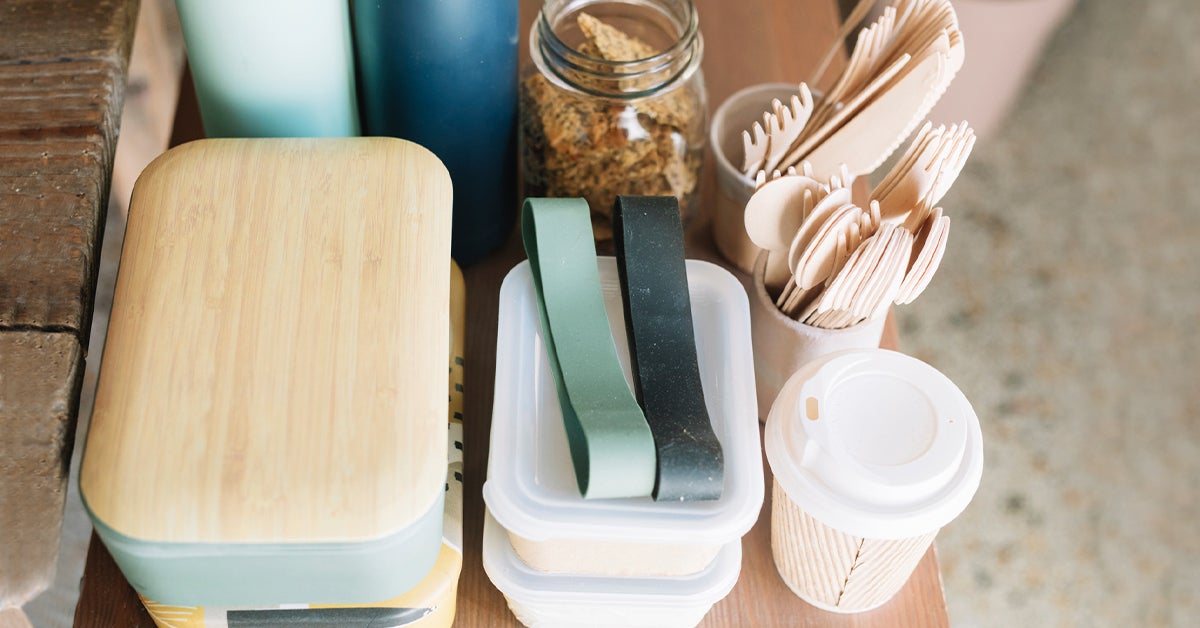
The average kitchen produces a lot of waste, and a lot of that waste comes from the packaging of the food we buy. Here are some tips to reduce the environmental impact of food packaging in your kitchen:
1. Avoid buying food that is packaged in excessive amounts of wrapping. Buy loose fruits and vegetables instead of those that are pre-packaged.
2. Avoid buying food in disposable packagings, such as Styrofoam or plastic. Buy food that is packaged in recyclable materials instead.
3. Reuse packaging whenever possible. If you can’t recycle or compost it, try to find another use for it around the house.
4. Compost any food waste that you produce. This will help reduce the amount of garbage you produce and provide nutrients for your garden or plants.
5. Educate yourself about the environmental impact of food packaging and make informed decisions when shopping for groceries.
Following these tips will help reduce the amount of waste produced in your kitchen and, ultimately, help reduce the impact that food packaging has on the environment.
11 detailed zero waste tips for the kitchen
Zero waste is all about reducing the amount of waste we produce, and one of the best ways to do that is by making changes in our everyday lives.
One of the most wasteful places in our homes is the kitchen, so today, we’re sharing 11 detailed zero waste tips for the kitchen!
1. Bring your containers when you go out for food.
Many restaurants and cafes will let you take your leftovers home in a container of your own, which is a great way to reduce waste!
If you can’t find anywhere that does this, ask if they have any biodegradable packaging that you can take your food home in.
2. Don’t buy pre-packaged foods.
Pre-packaged foods come with unnecessary packaging, so try to avoid them as much as possible. If you need to purchase pre-packaged something, make sure you recycle the packaging when you’re done with it.
3. Store food in reusable containers.
instead of buying disposable food storage containers, invest in some reusable ones. This will reduce waste, but it will also save you money in the long run! Using glass jars and paper bags will help make a big difference in household waste.
4. Use a compost bin to recycle your food scraps.
Food scraps can be recycled into compost, which can then be used to fertilize plants. If you don’t have a compost bin, you can also recycle food scraps by putting them in your garbage can.
5. Avoid using disposable utensils and plates.
Disposable utensils and dishes are wasteful, but they’re also bad for the environment. Try to avoid using them whenever possible and bring your reusable utensils and dishes instead.
Using zero-waste kitchen swaps and glass containers will help make a plastic waste-free kitchen.
6. Buy in bulk whenever possible.
Buying in bulk is a great way to reduce waste because you can buy as much or as little as you need. Plus, it usually costs less than buying pre-packaged foods. 7. Bring your coffee cup to cafes.
Many cafes offer discounts if you bring your coffee cup, so it’s a great way to reduce waste and save money!
8. Use reusable napkins and towels.
Disposable napkins and towels are another sources of unnecessary waste, so try to use reusable ones whenever possible. You can either buy some or make your own out of cloth.
9. Make your cleaning products.
Commercial cleaning products are often packed with harsh chemicals, which can be bad for the environment.
Instead of using them, try making your cleaning products using natural ingredients. Don’t use a plastic bottle as it can be harmful to the environment
10. recycle your food scraps.
Food scraps can be recycled into compost, which can then be used to fertilize plants. If you don’t have a compost bin, you can also recycle food scraps by putting them in your garbage can.
11. Use a reusable water bottle.
Disposable water bottles are one of the biggest sources of waste, so try to use a reusable water bottle instead.
You can buy a water bottle made from recycled materials or refill a reusable bottle whenever you need to drink water.
As you can see, there are many ways to reduce waste in the kitchen! Implementing even a few of these tips will help make a difference in the amount of waste you produce.
Final thoughts

Kitchen waste is one of the easiest types to reduce, so there’s no excuse not to start today!
Kitchen waste consists of many things that can be recycled or reused. For example, eggshells can be crushed and used as garden fertilizer, while vegetable peels can be boiled down to make stock or composted.
There are also many ways to reduce the amount of kitchen waste you produce, such as using reusable grocery bags and composting food scraps.
By taking a few simple steps, you can help reduce the amount of waste that goes to landfills and save money on your grocery bill at the same time!
These eleven zero waste kitchen tips will help you cut down on your garbage output and make your home healthier.
Implementing these tips will help reduce your waste and replace harmful products with more sustainable alternatives.
Ammy Harryy, a devoted advocate for sustainable fashion and mindful living, exudes a profound passion for nature and the environment. Her mission intertwines style and consciousness, inspiring eco-friendly choices. With her words, Ammy envisions a world where fashion harmonizes with the planet, urging readers to take small steps toward a greener future.



